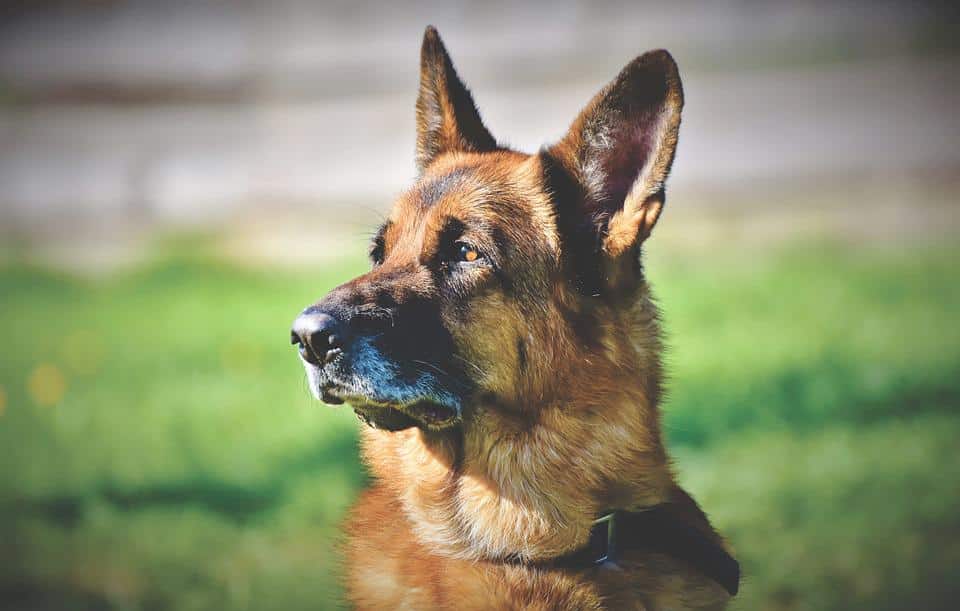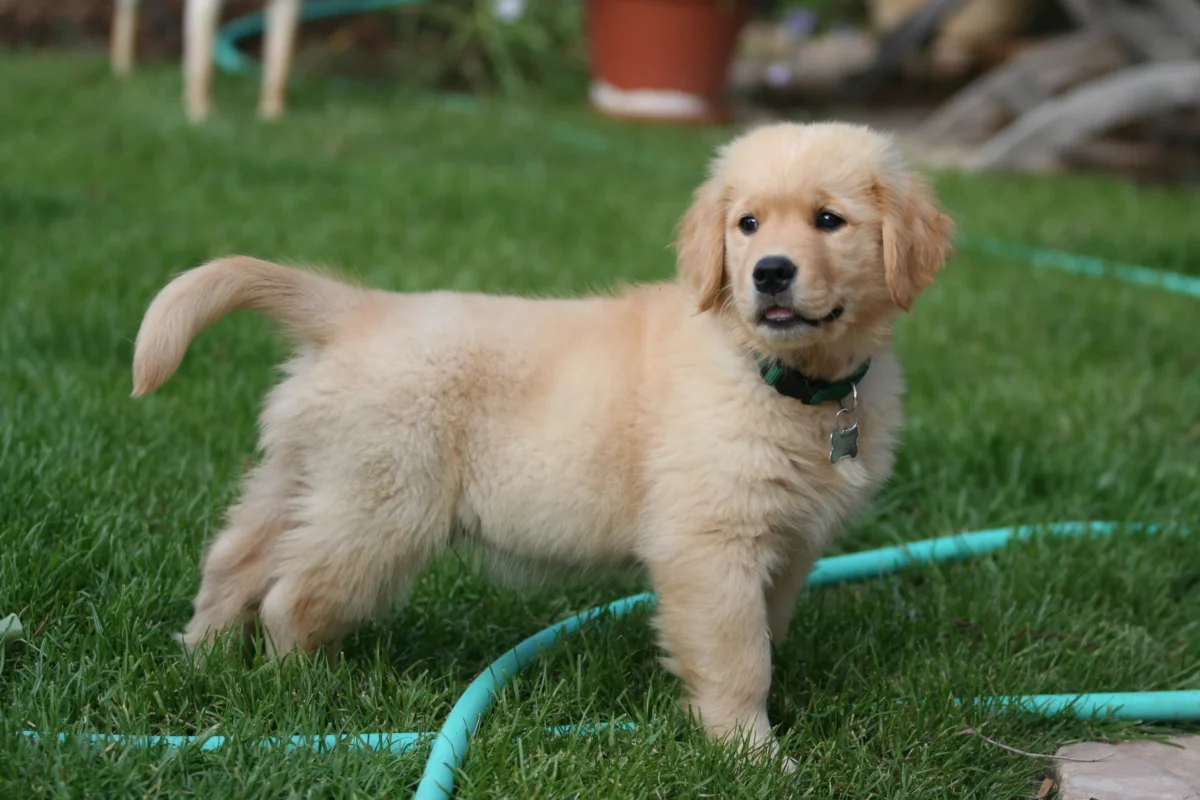Dogs use their ears to help them hear better. They also help them communicate with other dogs. When dogs want to show submission, they will often put their ears back. When dogs feels aggressive, they may lift their ears up and forward.
There are three muscles in a dog’s ear that help them move their ears. These muscles are called the auricularis, the pinna, and the tympanicis.
- The auricularis is the muscle that moves the ear up and down.
- The tympanicis is the muscle that helps the ear move from the front to back.
- The pinna is the muscle that moves the ear from side to side.
The last muscle is the part of the ear that you can see. It is the fleshy, triangular-shaped flap that is attached to the side of the head. It helps to funnel sound waves into the ear canal and is the one that breaks on impact.
If a dog’s ear is hurt, they may hold their head to one side or shake their head from side to side. They may also paw at their ears or rub their head against furniture or walls, indicating they need help.
Let’s take a look at what causes the pinna to break:
Aural Hematoma in Dogs
An aural hematoma is a swelling of the blood vessels in the ear flap and is visible in the form of a big blister. This can happen if your dog scratches or shakes their head a lot.
If your dog has an aural hematoma, you should take them to the vet. The vet will likely drain the hematoma and put a stitch in the ear to keep it from happening again.
Dogs can also break their eardrums. This usually happens because of something sharp, like a rock hitting it. If your dog’s ear drum is ruptured, they may have trouble hearing. You will know they are in distress when you a discharge from their ear.
Signs of Aural Hematoma in Dogs
If your dog has an aural hematoma, you may notice the following signs:
- Swelling on the ear-flap
- Bloody or pus-filled discharge from the ear
- Pawing at the ear
- Rubbing the head on furniture or walls
- Head tilted to one side
- Shaking the head from side to side
Causes of Ear Wounds in Dogs
There are several things that can cause ear wounds in dogs:
- Infections
- Allergies
- Foreign Bodies
- Trauma
- Cancer
Ear infections are the most common cause of ear wounds in dogs. Allergies and foreign bodies cause irritation and inflammation of the ear, which can lead to injuries. Trauma to the ear can occur if your dog is hit by something or if they shake their head too hard. Cancerous tumors can also grow in the ears and cause damage, which sometimes goes undetected.
Primary Care for Dogs with Ear Injuries
If you think your dog has an ear injury, it is important to take them to the vet right away. The vet will be able to properly diagnose and treat the injury.
In the meantime, there are some things you can do to help your dog feel better:
- Clean the wound with mild soap and warm water. Apply a thin layer of antibiotic ointment to the injury. Place a clean gauze pad over the wound and secure it with tape or a self-adhesive wrap.
- Check the wound daily and change the dressing as needed.
- Do not try to remove any foreign object from your dog’s ear. This could make the injury worse.
Preventing Ear Injuries in Dogs
There are some things you can do to help prevent ear injuries in dogs:

- Check your dog’s ears regularly for any redness, swelling, or discharge. If you notice these signs, take your dog to the vet immediately.
- Keep your dog’s ears clean and dry. This will help prevent infections.
- Be careful when using cotton swabs or other objects in your dog’s ears. Inserting anything into the ear canal can damage the delicate skin and cause an infection.
- If your dog is prone to ear infections, talk to your vet about preventive care options such as ear cleaners and special diets.
Homemade Healing Remedies for Aural Hematoma
If you prefer to use natural healing remedies, there are a few things you can try at home:
- Apply a warm compress to the area three times a day for 10 minutes. This will help reduce swelling and pain.
- Make an ear wash by mixing 1 cup of warm water with one teaspoon of apple cider vinegar. Use this to clean the ear two times a day.
- Mix equal parts of olive oil and garlic cloves. Place 2-3 drops in the affected ear twice a day.
There are also some commercial products that can help with healing:
- Ear Healing Salve:This product contains ingredients like calendula, St. John’s Wort, and yarrow, which are known for their healing properties.
- Healing Ear Drops:These drops contain colloidal silver, which is known to help heal wounds and infections.
Whatever treatment you choose, follow your vet’s instructions carefully.
Is Surgery Necessary in Aural Hematoma in Dogs?
If the aural hematoma is large, your dog may need surgery to drain the blood and reduce the swelling. The vet will make a small incision in the ear and insert a needle to drain the blood.
In some cases, the vet may also place a stitch to close off the blood vessels and prevent further bleeding. Surgery usually treats aural hematomas successfully, and most dogs recover quickly.
However, there is a risk of infection or complications from anesthesia.
Conclusion
Dogs have very sensitive ears and can hear things that we cannot. This is because they have more hearing muscles than we do. Since their ears move at every angle, this body part can break during rough play.
Dogs use their sense of hearing to help them navigate their world. They use their ears to listen to the sound of other animals, people, and vehicles and orient themselves in space. Any injury to the ear can deprive them of their most basic sense. Excess head shaking and ear scratching are two of the biggest signs of aural hematoma. If you spot your dog doing them, inspect their ears immediately for any symptoms.







